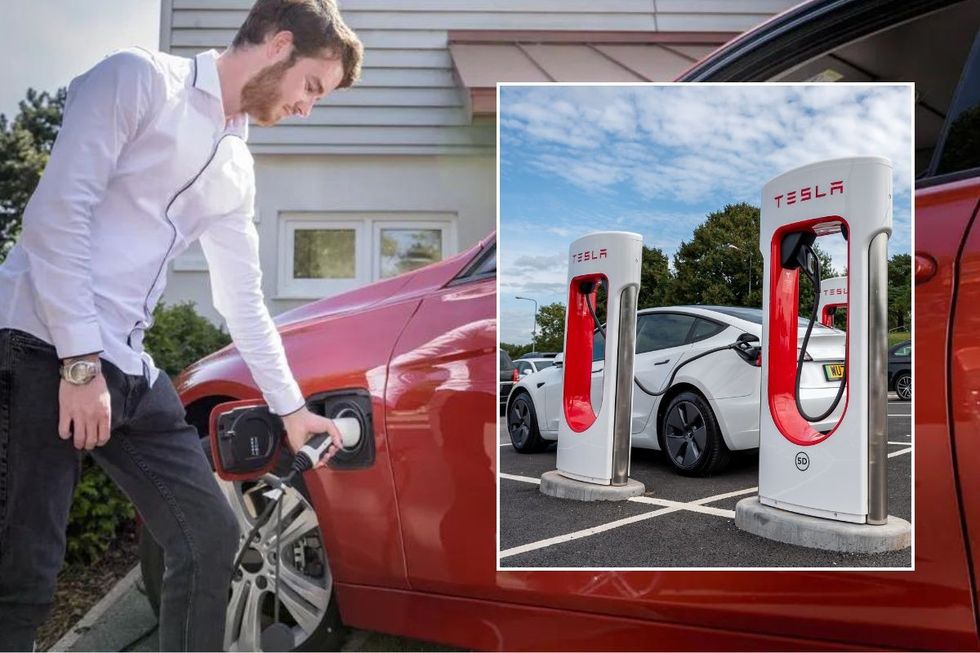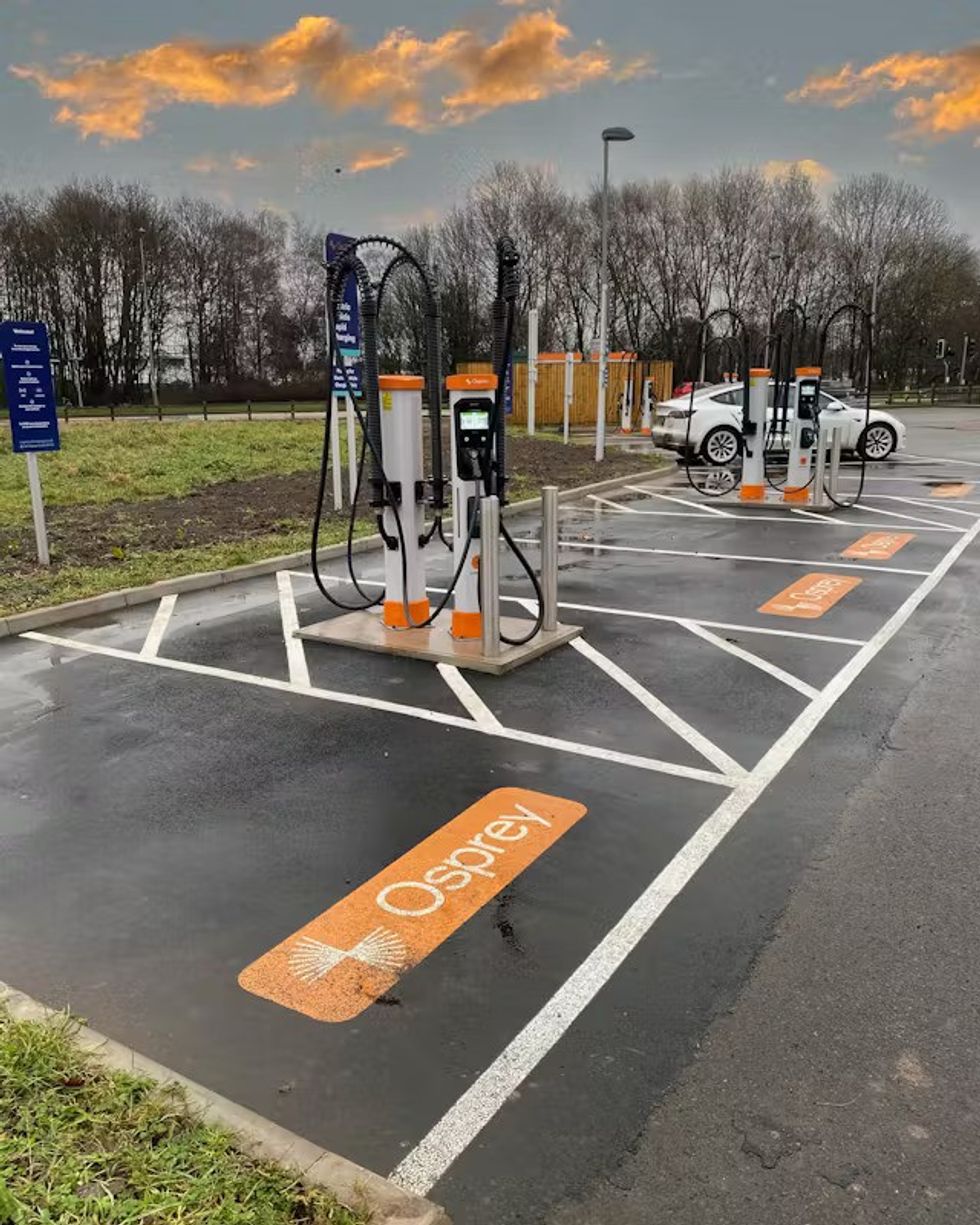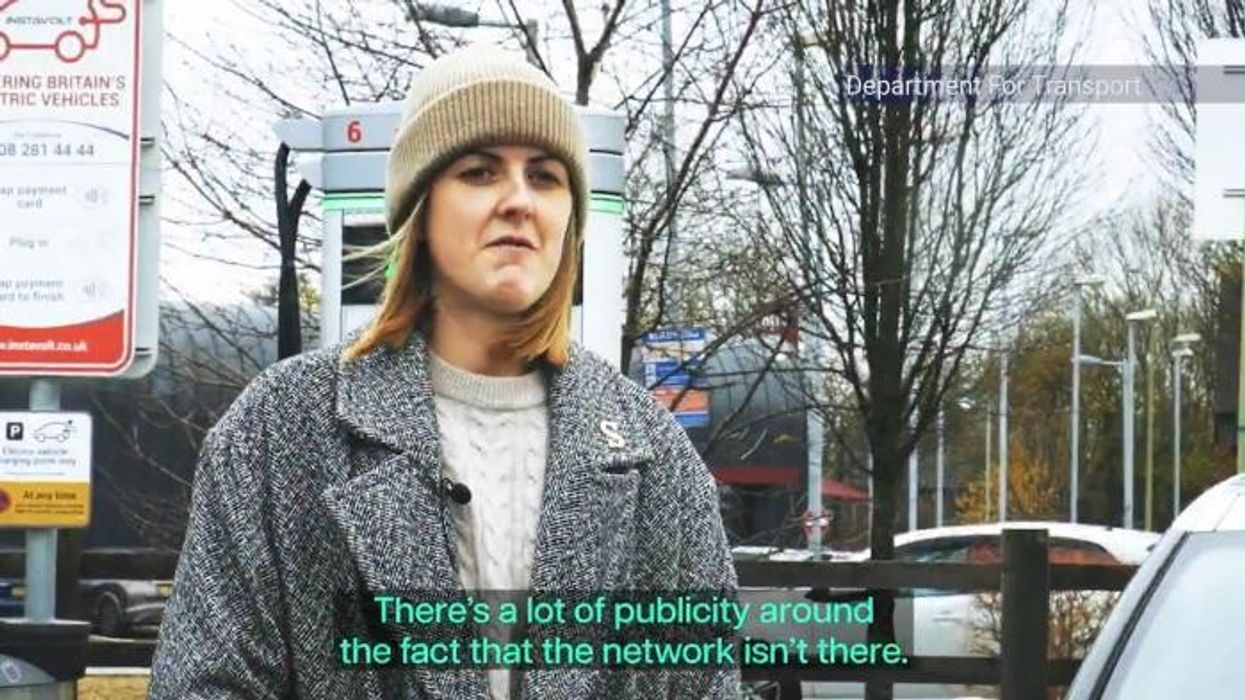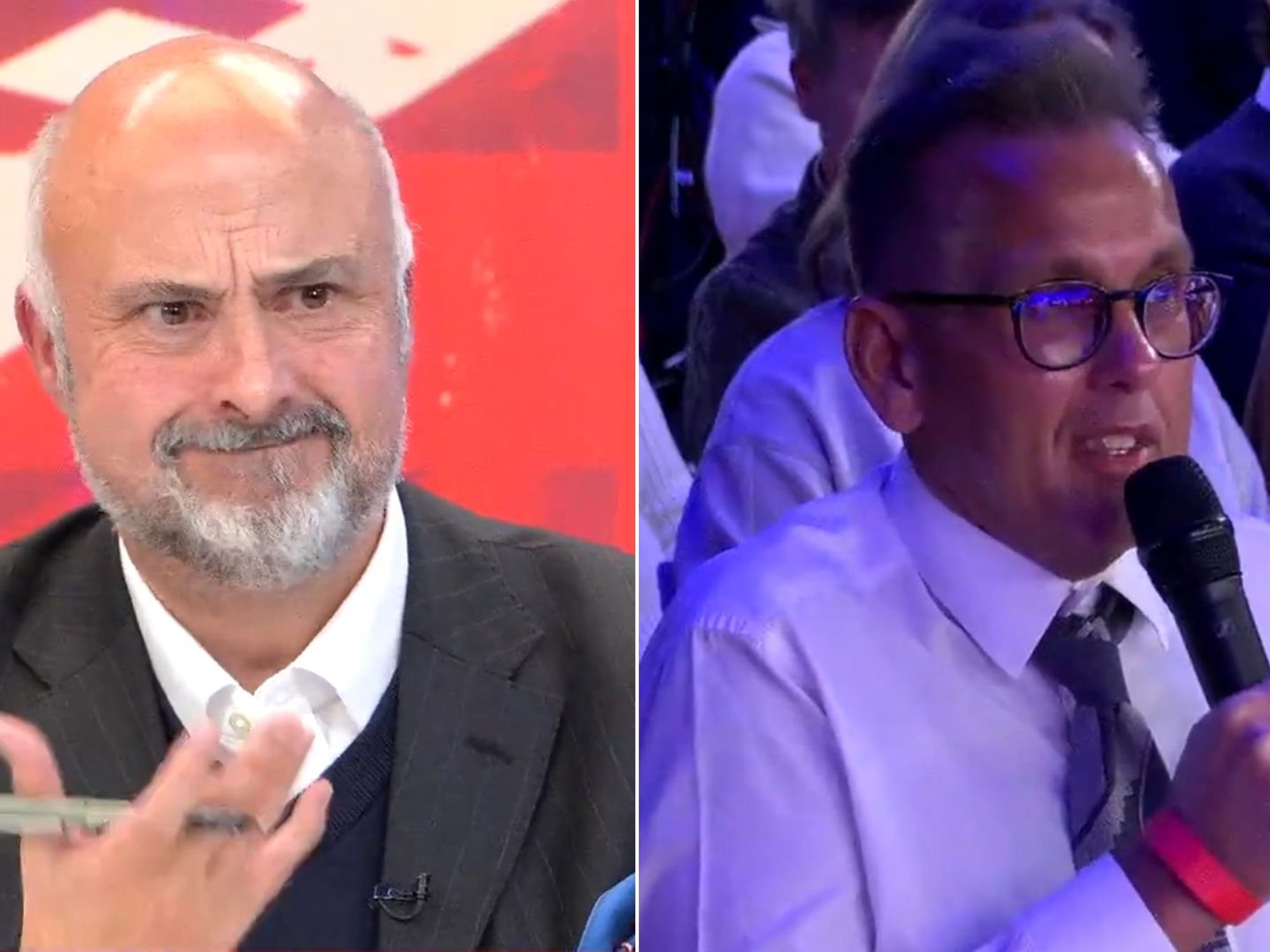Labour slashes red tape on electric vehicle chargers to save drivers £1,100 a year and 'months of delays'

The Future of Roads Minister said the cutting of red tape would help the 'EV revolution'
Don't Miss
Most Read
Labour has announced plans to cut red tape on electric vehicle chargers which will remove the need to submit planning applications.
Future of Roads Minister Lilian Greenwood has confirmed that drivers will be able to save up to £1,100 a year as the Government "makes it easier than ever to install EV chargers", compared to running a petrol or diesel car.
Drivers and businesses will no longer need to submit a planning application to install public or private electric car charging sockets.
These changes will apply to people installing chargers at their homes, as well as workplaces and in public, allowing more EV chargers to be installed.
Do you have a story you'd like to share? Get in touch by emailing motoring@gbnews.uk

Drivers and businesses will no longer need to apply for planning permission
|GETTY
At present, there are 79,654 electric vehicle charging devices across the UK, with drivers able to make use of 114,700 connectors.
The Zapmap data shows there are almost 40,000 public charging locations for drivers to choose from when looking to charge their vehicles.
Greenwood, the Labour MP for Nottingham South, said: "We're cutting down on paperwork to power up the EV revolution so that drivers, businesses and those looking to make the switch will have more chargepoints to power from and less red tape to deal with.
"We continue to make the switch to EVs easier, cheaper and better by investing over £2.3billion to support drivers and back British carmakers through international trade deals - creating jobs, boosting investment and securing our future as part of our Plan for Change."
Drivers can already save when installing EV chargers at their homes, with a £350 grant for drivers who rent or own flats, and households with on-street parking.
The Workplace Charging Scheme also provides £350 per socket, for up to 40 sockets, if they are a business, charity or public sector organisation.
For larger-scale projects, landlords can also apply for a grant of up to £350. Every year, they can get up to 200 grants for residential properties such as flats and houses and 100 grants for commercial properties such as offices.
The UK has a target of 300,000 public chargers around the country by the end of the decade, with experts confident that the goal will be met.
LATEST DEVELOPMENTS:
- M180 traffic: Lorry fire causes havoc on motorway as drivers risk hours-long delays - 'Avoid the area'
- Electric cars lose 53% of value in just two years as motorists risk 'rapid pace of depreciation'
- Car insurance prices plummet to two-year low with drivers urged to save 'a significant amount of money'
Data from the Department for Transport shows that the Government has helped install 18,000 sockets at workplaces in the last year, with a new public charger being installed every 29 minutes.
Lewis Gardiner, Operations Director at Osprey Charging Network, said the Government announcement was "hugely welcome" and will make a "real difference".
He added: "Removing the need for planning permission for essential electrical infrastructure like substations across the majority of sites will save months of delays, reduce costs and accelerate the delivery of the rapid charging hubs drivers need."
Gardiner noted that the Government had been collaborating with the industry "for months" to remove red tape and make it easier for individuals and businesses to install more chargers.

Experts said the removal of red tape would help the EV charging network flourish
| OSPREY CHARGINGThis was echoed by Patrick Dunne, Sainsbury's Chief Property and Procurement Officer and MD of Smart Charge, who welcomed the "streamlined approach" to installing chargers.
Jack Cousens, head of roads policy at The AA, said the Government should be "doing all it can" to reach the 300,000 charger milestone by 2030.
He continued: "Removing the planning rules is a positive step and will help accelerate installations.
"The crucial element is ensuring grid connection in a timely manner. This is especially important in rural locations and areas where there is no dedicated off-street parking."











